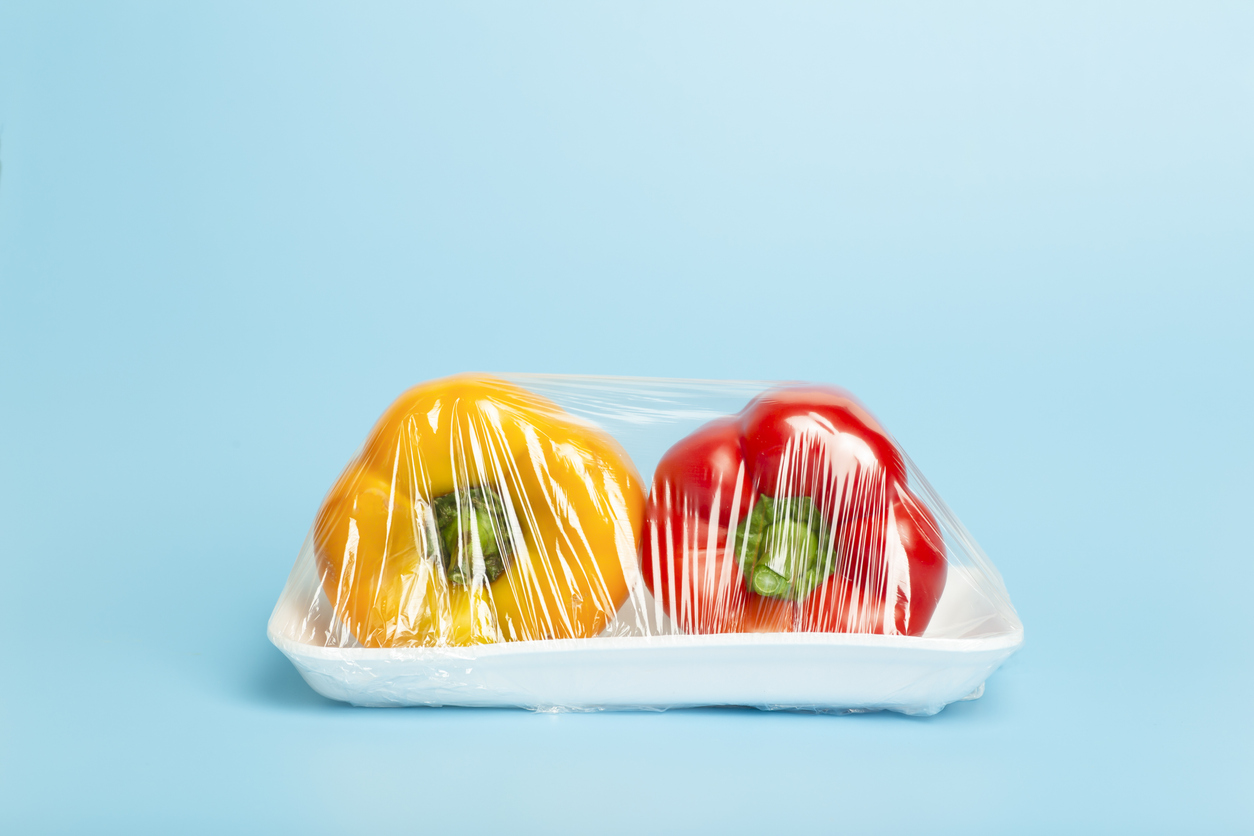
Dr Milli: From Toxic to Tonic: Transform Your Health with Lifestyle Medicine
by Dr Milli
Detoxing can help your hormonal balance with Dr Milli
When we think of toxins in our environment, we may just be thinking of alcohol and smoking and how this impacts our health. Yes, smoking and alcohol are known for their harmful effects, but so many other toxins surround us. Although I am not saying we should wrap ourselves in cotton wool and not live, awareness of WHAT toxins exist and how they can HARM our health and hormones is important for making more informed decisions.
Smoking
We know smoking is harmful to our health; it is linked to heart disease, high blood pressure, heart disease and lung cancers. It is very addicting through the nicotine, which stimulates dopamine and adrenaline, the feel-good chemicals.
Alcohol
Red wine’s skin contains resveratrol, a polyphenol linked to cardioprotective benefits. And we know alcohol stimulates GABA chemicals in the brain, causing relaxation. Some find when they hit menopausal age, they struggle with sleep due to hot flushes and lower progesterone levels. They reach for a few more glasses of wine to help boost GABA and help them to sleep and relax. The recommended weekly allowance for men and women is 14 units per week, yet 30% of them are expected to exceed this. However, we know alcohol can impact our health in the following ways.

- Impacting on the transition through the phases of sleep so it can hinder brain-derived neurotrophic factor (dubbed Miracle-Gro for the brain)
- Alcohol can have a negative effect on our gut health, which has been linked with dysbiosis and subsequent inflammation.
- Alcohol can stimulate the aromatisation of male hormones to oestrogen, and some people can suffer from symptoms of hyperestrogenism (worsening premenstrual syndrome symptoms, etc.)
- Alcohol can negatively impact our mental health as it is a depressant.
Toxins Everywhere Else…
Where else are we faced with toxins?
Our food! Modern-day farming and chemicals in the soil, such as glyphosate, have been linked with inflammation, nerve damage, and damage to the powerhouses of our cells (mitochondria). Try to eat organic food where possible, especially foods dubbed the ‘dirty dozen’, which are found to have the highest pesticide concentration.

The Dirty Dozen List
- Kale
- Blueberries
- Lettuce
- Potatoes
- Bell peppers
- Grapes
- Nectarines
- Spinach
- Peaches
- Strawberries
- Celery
- Apples
Our household products, such as some we use on our skin and in our home, can contain toxins too, such as:
- Triclosan (a hormone disruptor in toothpaste and mouthwashes)
- Sodium lauryl sulphate used to remove dirt in body washes
- Some non-stick coatings on pans at high temps can create endocrine disruptors, which can affect our hormones, and some have been linked with obesity – we refer to these endocrine disruptors as obesogens.
- Some plastic bottles and receipts contain bisphenol A, and our makeup can contain parabens, which are xeno-oestrogens—man-made substances that mimic oestrogen.
What Organs Are Involved in Toxins Storage Detoxification?
The liver
Well, the liver probably springs to mind—the mighty organ involved in SO many body processes, including detoxification of our food, medicines, and toxins.
The gut
Just like we get rid of waste through our urine and passing water, did you know that the gut is another major organ involved in detoxification? The third phase of oestrogen detoxification occurs in the gut. An unhealthy gut microbiome with organisms that predominate with an enzyme called beta-glucuronidase can cleave part of the oestrogen molecule off, reabsorbing it back into our body.
The skin
Another organ we don’t typically think of when we detox in our bodies is our skin – that’s why some can experience a breakout of acne and spots when they start eating cleaner foods, as toxins can be cleared through the skin spores. Sweating from exercise is a great source of getting rid of toxins through the skin.
Fat cells
Fat cells are a source of storage of toxins -this is why some can feel unwell when losing body fat as the toxins are released into our bodies. That is why losing weight slowly and not rapidly with drastic measures is important through lifestyle changes.
Top tips on how we minimise our exposure

- Use glass storage tubs to reduce BPA exposure
- Avoid receipts in supermarkets.
- Be aware of what your make-up contains and toiletries. I use the app ‘Think Dirty’, which was an eye-opener to see what was in our household goods.
- Eat organic where possible.
- Use iron or steel cookware rather than nonstick cookware.
- Avoid plastic packaging around fruit and veg.
- Healthy lifestyles, including unprocessed nutrition and exercise, can also assist in reducing and eliminating the toxin burden.
In my clinic, some patients want to focus on detox. For some people who suffer from headaches and migraines, acne and other hormonal dysfunction, detox is an area we prioritise as it is a huge causative factor. Through genetic testing, we can personalise what we do to help the body work for us and not against us, especially when navigating a world filled with toxins.
Dr Milli offers free strategy/discovery calls to assess whether she can help you on your health journey. These can be booked via her website, www.drmilli.co.uk. For 5% detox genetic testing, please quote DETOX5 when you arrange your testing.
NorthernLife Sep/Oct/Nov 24




